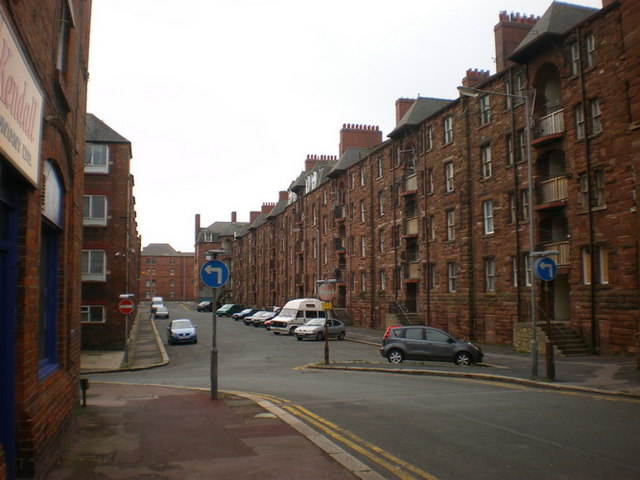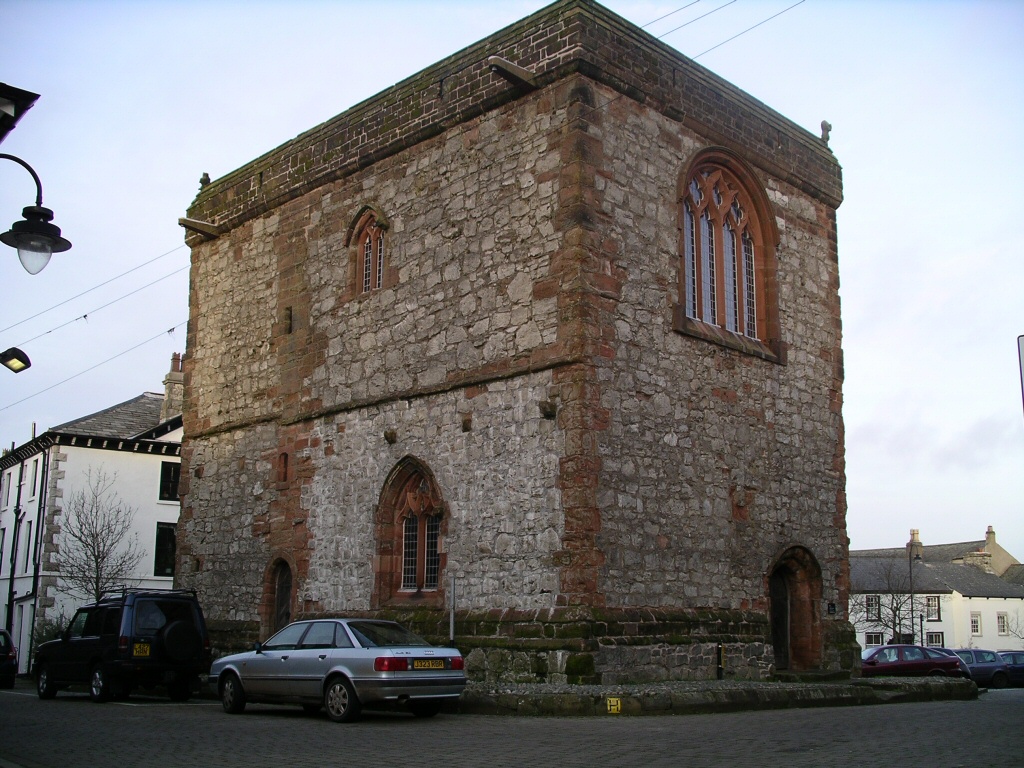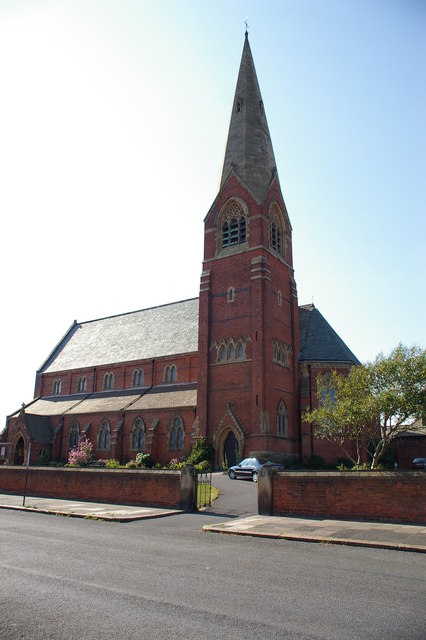|
St. John's Church, Barrow-in-Furness
St. John's Church is a church on Barrow Island, Barrow-in-Furness, Cumbria, England. It is a Grade II listed building. The church was built in 1934-1935 of concrete with green slate roofs in a modern Byzantine style. The architects were Seely & Paget. The interior incorporates elements from the earlier church on the site which dated from 1879. See also * Listed buildings in Barrow-in-Furness * List of places of worship in Barrow-in-Furness This article lists places of worship in the English town of Barrow-in-Furness. Barrow was a town built on industry and up until the late 19th century was only a small village. The population skyrocketed in a matter of decades to a peak of over 70 ... References St. John's Church of England church buildings in Cumbria Grade II listed churches in Cumbria {{UK-anglican-church-stub ... [...More Info...] [...Related Items...] OR: [Wikipedia] [Google] [Baidu] |
Barrow Island, Barrow-in-Furness
Barrow Island is an area and electoral ward of Barrow-in-Furness, Cumbria, England. Originally separate from the British mainland, land reclamation in the 1860s saw the northern fringes of the island connected to Central Barrow. Barrow Island is also bound to the south and east by the town's dock system and to the west by Walney Channel. The Ward population taken at the 2011 census was 2,616. The ward itself will be combined with Central and Hindpool wards in April 2023 following formation of the new Westmorland and Furness Local Authority and be named 'Old Barrow'. Background and history The name of the town of Barrow-in-Furness is believed to derive from the Norse word ''Barrae'', meaning ''Bare Island'', which actually referred to Barrow Island. Since the 1860s the island has been connected to the mainland as its channel was modified to form two docks, the Buccleuch Dock and the Devonshire Dock. The remainder of its channel has also now been developed as part of the dock ... [...More Info...] [...Related Items...] OR: [Wikipedia] [Google] [Baidu] |
Barrow-in-Furness
Barrow-in-Furness is a port town in Cumbria, England. Historically in Lancashire, it was incorporated as a municipal borough in 1867 and merged with Dalton-in-Furness Urban District in 1974 to form the Borough of Barrow-in-Furness. In 2023 the borough will merge with Eden and South Lakeland districts to form a new unitary authority; Westmorland and Furness. At the tip of the Furness peninsula, close to the Lake District, it is bordered by Morecambe Bay, the Duddon Estuary and the Irish Sea. In 2011, Barrow's population was 56,745, making it the second largest urban area in Cumbria after Carlisle. Natives of Barrow, as well as the local dialect, are known as Barrovian. In the Middle Ages, Barrow was a small hamlet within the parish of Dalton-in-Furness with Furness Abbey, now on the outskirts of the town, controlling the local economy before its dissolution in 1537. The iron prospector Henry Schneider arrived in Furness in 1839 and, with other investors, opened the Furness Railwa ... [...More Info...] [...Related Items...] OR: [Wikipedia] [Google] [Baidu] |
Cumbria
Cumbria ( ) is a ceremonial and non-metropolitan county in North West England, bordering Scotland. The county and Cumbria County Council, its local government, came into existence in 1974 after the passage of the Local Government Act 1972. Cumbria's county town is Carlisle, in the north of the county. Other major settlements include Barrow-in-Furness, Kendal, Whitehaven and Workington. The administrative county of Cumbria consists of six districts ( Allerdale, Barrow-in-Furness, Carlisle, Copeland, Eden and South Lakeland) and, in 2019, had a population of 500,012. Cumbria is one of the most sparsely populated counties in England, with 73.4 people per km2 (190/sq mi). On 1 April 2023, the administrative county of Cumbria will be abolished and replaced with two new unitary authorities: Westmorland and Furness (Barrow-in-Furness, Eden, South Lakeland) and Cumberland ( Allerdale, Carlisle, Copeland). Cumbria is the third largest ceremonial county in England by area. It i ... [...More Info...] [...Related Items...] OR: [Wikipedia] [Google] [Baidu] |
Church Of England
The Church of England (C of E) is the established Christian church in England and the mother church of the international Anglican Communion. It traces its history to the Christian church recorded as existing in the Roman province of Britain by the 3rd century and to the 6th-century Gregorian mission to Kent led by Augustine of Canterbury. The English church renounced papal authority in 1534 when Henry VIII failed to secure a papal annulment of his marriage to Catherine of Aragon. The English Reformation accelerated under Edward VI's regents, before a brief restoration of papal authority under Queen Mary I and King Philip. The Act of Supremacy 1558 renewed the breach, and the Elizabethan Settlement charted a course enabling the English church to describe itself as both Reformed and Catholic. In the earlier phase of the English Reformation there were both Roman Catholic martyrs and radical Protestant martyrs. The later phases saw the Penal Laws punish Ro ... [...More Info...] [...Related Items...] OR: [Wikipedia] [Google] [Baidu] |
Province Of York
The Province of York, or less formally the Northern Province, is one of two ecclesiastical provinces making up the Church of England and consists of 12 dioceses which cover the northern third of England and the Isle of Man. York was elevated to an archbishopric in AD 735: Ecgbert was the first archbishop. At one time, the archbishops of York also claimed metropolitan authority over Scotland, but these claims were never realised and ceased when the Archdiocese of St Andrews was established. The province's metropolitan bishop is the archbishop of York (the junior of the Church of England's two archbishops). York Minster serves as the mother church of the Province of York. Boundary changes since the mid-19th century In 1836, the diocese of Ripon was formed (Diocese of Ripon and Leeds from 1999 until 2014), followed by further foundations: Manchester in 1847, Liverpool in 1880, Newcastle in 1882, Wakefield in 1888, Sheffield in 1914, Bradford in 1919, Blackburn in 1926, and L ... [...More Info...] [...Related Items...] OR: [Wikipedia] [Google] [Baidu] |
Diocese Of Carlisle
The Diocese of Carlisle was created in 11 April 1132 by Henry I out of part of the Diocese of Durham, although many people of Cumbric descent in the area looked to Glasgow for spiritual leadership. The first bishop was Æthelwold, who was the king's confessor and became prior of the Augustinian priory at Nostell in Yorkshire. Carlisle was thus the only cathedral in England to be run by Augustinians instead of Benedictines. This only lasted until the reign of Henry III however, when the Augustinians in Carlisle joined the rebels who temporarily handed the city over to Scotland and elected their own bishop. When the revolt was ended, the Augustinians were expelled. The seat of the diocese is the Cathedral Church of the Holy and Undivided Trinity in Carlisle. The Diocese covers most of the non-metropolitan county of Cumbria; Alston Moor is part of the Diocese of Newcastle. The diocese originally only covered the northern parts of Cumberland and Westmorland, and expanded to cover ... [...More Info...] [...Related Items...] OR: [Wikipedia] [Google] [Baidu] |
Listed Building
In the United Kingdom, a listed building or listed structure is one that has been placed on one of the four statutory lists maintained by Historic England in England, Historic Environment Scotland in Scotland, in Wales, and the Northern Ireland Environment Agency in Northern Ireland. The term has also been used in the Republic of Ireland, where buildings are protected under the Planning and Development Act 2000. The statutory term in Ireland is " protected structure". A listed building may not be demolished, extended, or altered without special permission from the local planning authority, which typically consults the relevant central government agency, particularly for significant alterations to the more notable listed buildings. In England and Wales, a national amenity society must be notified of any work to a listed building which involves any element of demolition. Exemption from secular listed building control is provided for some buildings in current use for worship, ... [...More Info...] [...Related Items...] OR: [Wikipedia] [Google] [Baidu] |
Church (building)
A church, church building or church house is a building used for Christian worship services and other Christian religious activities. The earliest identified Christian church is a house church founded between 233 and 256. From the 11th through the 14th centuries, there was a wave of church construction in Western Europe. Sometimes, the word ''church'' is used by analogy for the buildings of other religions. ''Church'' is also used to describe the Christian religious community as a whole, or a body or an assembly of Christian believers around the world. In traditional Christian architecture, the plan view of a church often forms a Christian cross; the center aisle and seating representing the vertical beam with the Church architecture#Characteristics of the early Christian church building, bema and altar forming the horizontal. Towers or domes may inspire contemplation of the heavens. Modern churches have a variety of architectural styles and layouts. Some buildings designe ... [...More Info...] [...Related Items...] OR: [Wikipedia] [Google] [Baidu] |
Byzantine
The Byzantine Empire, also referred to as the Eastern Roman Empire or Byzantium, was the continuation of the Roman Empire primarily in its eastern provinces during Late Antiquity and the Middle Ages, when its capital city was Constantinople. It survived the fragmentation and fall of the Western Roman Empire in the 5th century AD and continued to exist for an additional thousand years until the fall of Constantinople to the Ottoman Empire in 1453. During most of its existence, the empire remained the most powerful economic, cultural, and military force in Europe. The terms "Byzantine Empire" and "Eastern Roman Empire" were coined after the end of the realm; its citizens continued to refer to their empire as the Roman Empire, and to themselves as Romans—a term which Greeks continued to use for themselves into Ottoman times. Although the Roman state continued and its traditions were maintained, modern historians prefer to differentiate the Byzantine Empire from Ancient Rome a ... [...More Info...] [...Related Items...] OR: [Wikipedia] [Google] [Baidu] |
Seely & Paget
Seely & Paget was the architectural partnership of John Seely, 2nd Baron Mottistone (1899–1963) and Paul Edward Paget (1901–1985). Their work included the construction of Eltham Palace in the Art Deco style, and the post-World War II restoration of a number of bomb-damaged buildings, such as houses in the Little Cloister (Westminster Abbey), the London Charterhouse and the church of St John Clerkenwell. Early lives and meeting John Seely, son of John Seely, 1st Baron Mottistone, and Paul Paget, son of Bishop Henry Luke Paget, met at Cambridge University, where Seely studied architecture, though Paget did not. Beginnings ...
|
Listed Buildings In Barrow-in-Furness
There are 274 listed buildings in the Borough of Barrow-in-Furness, with about 70% in Barrow-in-Furness itself. The 2015 Heritage Index formed by the Royal Society of Arts and the Heritage Lottery Fund placed the Borough as seventh highest of 325 English districts with an especially high score relating to industrial heritage assets. The Barrow Island conservation area contains dozens of historic shipyard buildings and tenements, while numerous listed buildings can be found lining Abbey Road and Duke Street, which were designed as the principal north to south and east to west thoroughfares of the Victorian planned town. Despite many buildings and structures dating from this era, an abundance of listed buildings exist throughout the Borough that pre-date Barrow, in villages that were consumed by the rapidly expanding town. One notable example being Newbarns village which retains its original 18th century street layout. Significant clusters of listed buildings can be found around t ... [...More Info...] [...Related Items...] OR: [Wikipedia] [Google] [Baidu] |
List Of Places Of Worship In Barrow-in-Furness
This article lists places of worship in the English town of Barrow-in-Furness. Barrow was a town built on industry and up until the late 19th century was only a small village. The population skyrocketed in a matter of decades to a peak of over 70,000, as a result the majority of the town's places of worship were built in the late 19th century and early 20th century. Many were only temporary timber structures and soon replaced by the present buildings. According to the 2001 UK Census, 81.03% of Barrow's population identified as Christian with 0.58% of individuals stating another religion (the majority being Muslims and Buddhists). However these figures are currently outdated, as even in 2001 7.59% of individuals didn't state a religion (as opposed to stating 'no religion') as well as the fact that between 2001 and 2007, the ethnic minority population of Barrow has almost trebled in size. All current places of worship in Barrow belong to denominations of Christianity, although three ... [...More Info...] [...Related Items...] OR: [Wikipedia] [Google] [Baidu] |








